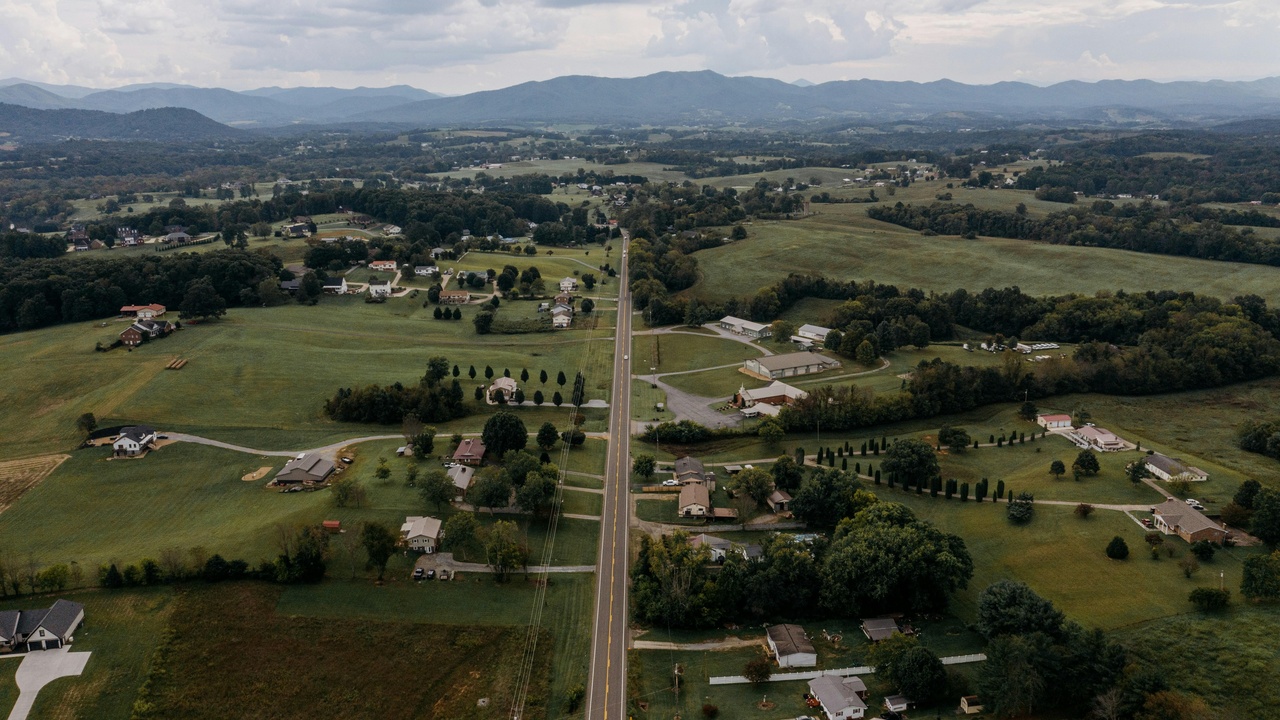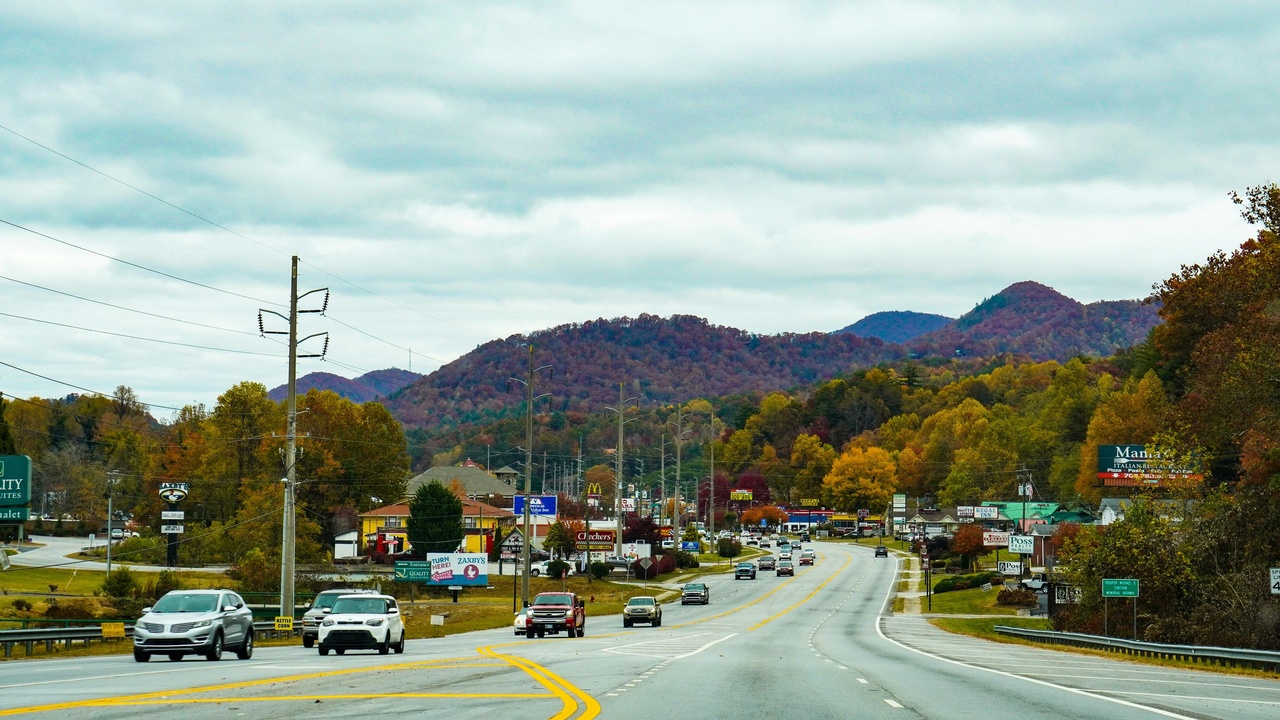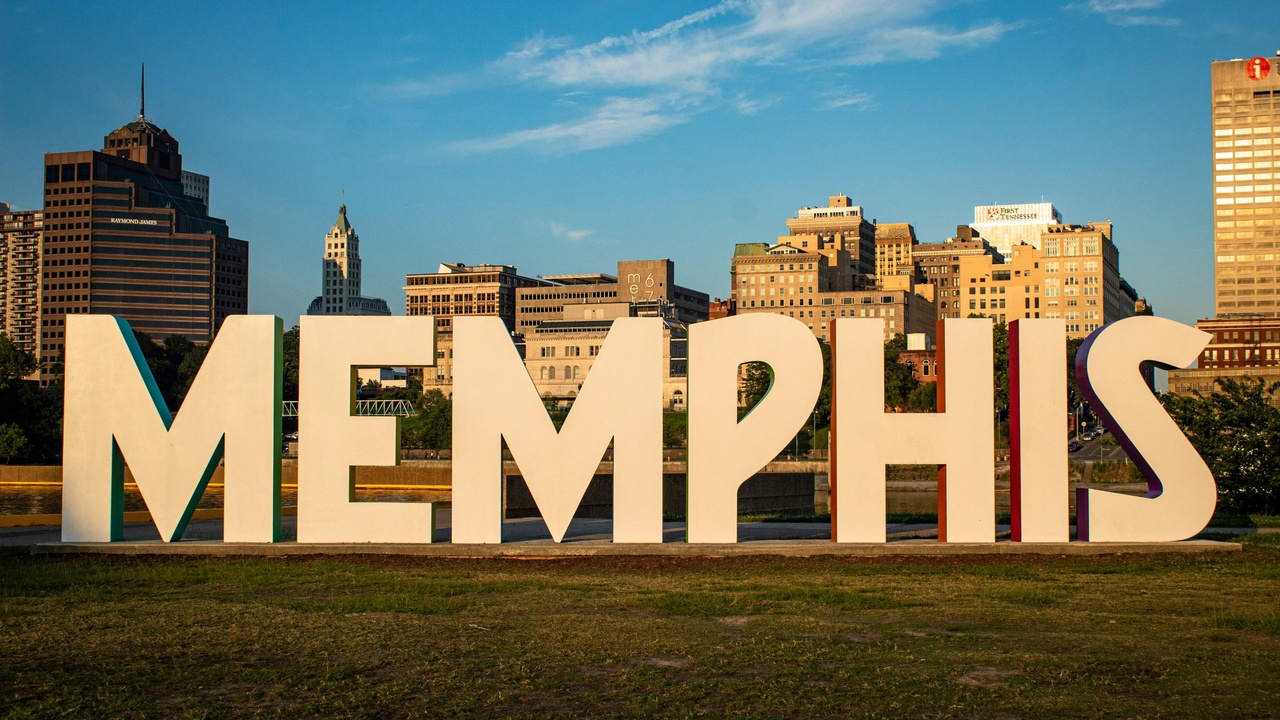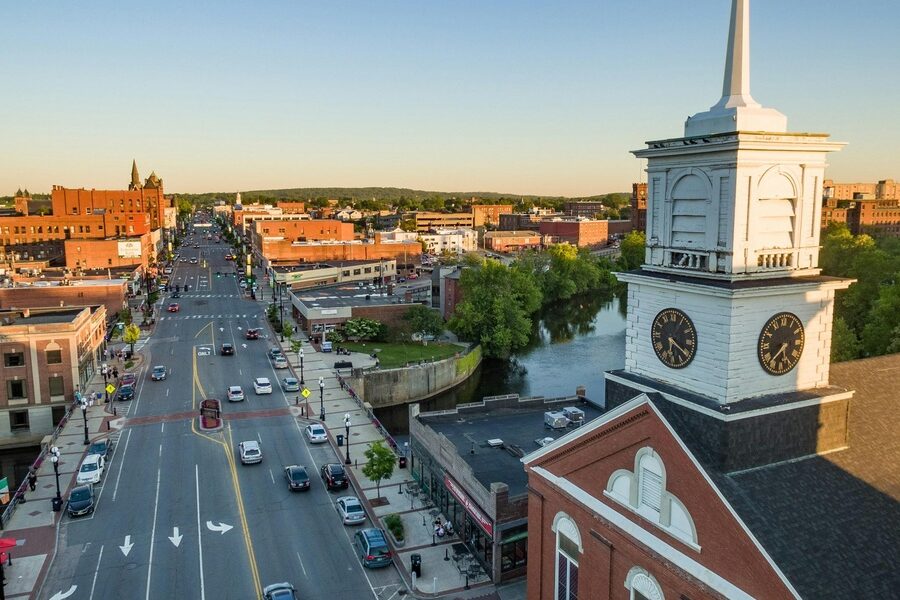In 2022, several Tennessee municipalities reported violent-crime rates well below the national average — some by more than 50 percent. That gap matters when families, retirees and professionals choose where to settle: lower crime supports family stability, helps preserve property values and simply makes everyday life more peaceful. For readers comparing options, this piece profiles 10 cities that consistently rank among the state’s low-crime communities, organized by region so you can weigh suburban Nashville options, East Tennessee small cities and Memphis-area suburbs.
The profiles draw on standardized metrics from the FBI Uniform Crime Reports and the Tennessee Bureau of Investigation, plus U.S. Census population figures. Each city entry includes a cited crime stat, population context and practical reasons someone might pick that community—and mentions local programs that help keep neighborhoods safe.
The safest cities in Tennessee highlighted below combine low violent-crime metrics with strong municipal services and active community programs, making them attractive choices for those prioritizing security and quality of life.
Nashville-area suburbs: consistently low crime and family-friendly services

Many suburbs around Nashville post some of Tennessee’s lowest violent-crime rates, a pattern tied to higher-than-average household incomes, well-funded police departments and strong schools. Municipal budgets in these places often allocate more per capita to public safety than smaller towns, while active neighborhood associations and citizen police academies create informal networks that deter crime.
Commuter populations also shape safety: residents who work in nearby Nashville bring stable incomes, and municipal investments—such as lighting, sidewalk programs and community policing—reduce opportunities for theft and assault. Local police departments frequently publish TBI- and FBI-aligned statistics, and many run neighborhood-watch, youth-engagement and business-partnership initiatives.
Below are four Nashville-area suburbs that report violent-crime rates markedly below state and national averages (data from the Tennessee Bureau of Investigation and local police reports). Population figures come from U.S. Census estimates and city planning offices.
1. Brentwood — Low violent-crime rate and strong municipal services
Brentwood reports a violent-crime rate roughly 80 per 100,000 residents in 2022, well under the state average (TBI/FBI figures). The city’s population is about 45,000 (U.S. Census 2022 estimates), giving it suburban scale with extensive municipal services.
The Brentwood Police Department maintains a solid officer-to-resident ratio and runs community outreach and school-safety programs, while quick response times are aided by compact geography and station placement. Families are drawn to Brentwood for top-rated schools and plentiful parks.
Practical draws include proximity to the Cool Springs business district, low school incident rates, and active police-community programs like neighborhood watch and citizen police academy sessions that reinforce public safety.
2. Franklin — Historic downtown, strong community policing, and low property crime
Franklin recorded a property-crime rate substantially below state averages in 2022, with violent crime also comparatively low (TBI/FBI local reporting). The city’s population is roughly 80,000, reflecting steady growth over the last decade.
Revitalized Main Street brings constant foot traffic and natural surveillance, and the Franklin Police Department partners with merchants on downtown patrols and merchant-watch programs. That visible policing reduces shoplifting and burglaries during events like Main Street festivals.
Tourism and local commerce benefit directly from safer downtowns, which helps small businesses and supports year-round community events while reinforcing a low-crime environment.
3. Hendersonville — Lakeside community with low violent-crime metrics
Hendersonville’s violent-crime rate is notably below Tennessee’s average for 2022, with a total population near 60,000 (U.S. Census). The city’s lakeside character and recreational amenities foster strong neighborhood stewardship.
Proximity to Old Hickory Lake brings community events and volunteer park-maintenance groups that increase informal oversight. The Hendersonville Police Department runs community events and waterfront-safety programs that boost public confidence.
Residents cite safe recreation areas and responsive policing as reasons property values have held steady, and families appreciate the combination of outdoor access and lower crime indicators.
4. Spring Hill — Rapidly growing suburb with effective public-safety planning
Spring Hill has seen rapid growth—roughly a 50% population increase since 2010—while maintaining relatively low violent-crime figures in recent TBI reports. The city’s planning-focused approach pairs new subdivisions with upgraded public-safety infrastructure.
The municipality has increased funding for police and fire services to keep pace with development and has implemented lighting and sidewalk projects that reduce petty crime opportunities. Youth engagement and after-school programs also aim to keep younger residents connected.
For newcomers, well-planned neighborhoods and coordinated emergency services make Spring Hill appealing despite fast growth, and the city’s public-safety budget increases are a concrete sign of that commitment.
East Tennessee: small-city safety, strong schools, and community policing

East Tennessee is home to several small cities and college towns that consistently report lower violent-crime rates than larger metros. Tight-knit civic life, strong public-school systems and stable employment from manufacturing, higher education and research employers contribute to this pattern.
Universities and research centers—such as the University of Tennessee system and Oak Ridge National Laboratory (ORNL)—provide steady employment and community programs that strengthen local economies and create a culture of safety. Volunteer emergency teams and active chambers of commerce further support public security.
The three profiles below illustrate how smaller population centers can pair low crime per 100,000 residents with reliable emergency-services response times and community-based policing initiatives (data drawn from local police reports, the FBI UCR and TBI).
5. Farragut — Knoxville suburb with low crime and strong schools
Farragut posts low violent- and property-crime metrics (2022 figures) with a population around 23,000. The community’s highly rated schools (Farragut Schools) are a major draw and correlate with neighborhood stability.
Local neighborhood associations actively coordinate watches and safety meetings, and the town’s police department runs outreach programs aimed at seniors and families. Planned residential developments emphasize walkability and lighting.
Families often choose Farragut for consistent school performance and low incident rates, plus a suburban feel that still offers short commutes to Knoxville employers.
6. Oak Ridge — Security-conscious city near national lab with low violent crime
Oak Ridge reported one of the region’s lower violent-crime rates in 2022 while serving a population near 30,000. The presence of Oak Ridge National Laboratory (ORNL) and related research employers creates economic stability that supports safe neighborhoods.
Local public safety benefits from close coordination with federal site security for certain incidents, and the city emphasizes emergency-preparedness drills and community awareness programs. Stable, well-paid jobs at ORNL contribute to lower crime drivers tied to economic stress.
Residents point to strong municipal services, rapid emergency response and community programs as reasons Oak Ridge remains a low-crime choice near a major research hub.
7. Maryville — College-town neighbor with low crime and community programs
Maryville’s 2022 crime statistics show lower violent-crime incidence compared with many state peers, and the city’s population is about 31,000. Proximity to Pellissippi State and Blount County programs supports a network of educational and civic resources.
Downtown Maryville hosts regular events that increase foot traffic and natural surveillance, and the Maryville Police Department actively engages in community outreach and school-safety partnerships. Volunteerism is high, which strengthens informal oversight.
Active downtown commerce and community events create safe public spaces that appeal to families and small-business owners seeking a predictable, low-crime environment.
Memphis-area municipalities: suburban safety near a major metro

Several suburbs surrounding Memphis report far lower crime rates than the central city, often due to differences in zoning, income levels and sustained municipal investment in public safety. These suburbs typically fund robust police forces, maintain well-lit parks and run neighborhood-watch schemes.
Comparing crime using standardized measures—crimes per 100,000 residents from FBI UCR or local TBI reports—helps highlight these contrasts. Below are three Memphis-area municipalities that consistently show low violent-crime metrics and active community programs.
8. Collierville — Strong local governance and very low violent-crime rates
Collierville’s violent-crime rate for 2022 was among the lowest in the region, with a population near 52,000 (U.S. Census). The town’s governing approach emphasizes proactive policing and infrastructure investments that reduce risk.
The Collierville Police Department coordinates downtown patrols and event policing for the Historic Town Square, while improved lighting and merchant-police programs deter theft and disorder during festivals and markets.
Lower local crime rates influence property-insurance underwriting and encourage business investment, contributing to sustained economic indicators that further support safety investments.
9. Germantown — High-income suburb with well-funded safety services
Germantown reports low crime rates and serves roughly 40,000 residents. Higher median household income correlates with greater municipal revenues, which the city channels into well-staffed police and fire departments.
Programs such as neighborhood-watch networks, targeted outreach to seniors and frequent police-community events bolster the city’s safety profile. Germantown has also received state recognition for its public-safety practices.
These amenities and services make Germantown popular with retirees and families seeking a secure community with high-quality parks and steady municipal maintenance.
10. Bartlett — Family-oriented suburb with stable crime trends
Bartlett’s 2022 crime metrics show steady or declining trends year over year, with a population near 60,000. Family-oriented neighborhoods and school-district involvement are central to the city’s safety profile.
The Bartlett Police Department emphasizes community policing, and schools participate in safety-education programs that involve parents and local law enforcement. Neighborhood patrols and volunteer programs help sustain low levels of opportunistic crime.
Stable crime trends support both rental demand and property values, and residents often cite dependable emergency response times and visible policing when explaining Bartlett’s appeal.
Summary
- Suburban municipalities around Tennessee’s major metros often post much lower violent-crime rates than central cities, driven by income differentials, zoning and dedicated public-safety budgets.
- Municipal investment in police, parks, lighting and planning—combined with active neighborhood groups and school engagement—consistently correlates with lower crime rates in safe Tennessee towns.
- Authoritative sources such as the FBI Uniform Crime Reports, the Tennessee Bureau of Investigation and U.S. Census population data are essential for fair comparisons.
- Visit neighborhoods in person, review local police daily or annual reports, and weigh factors like schools, emergency-response times and community programs when choosing among low-crime communities in Tennessee.






